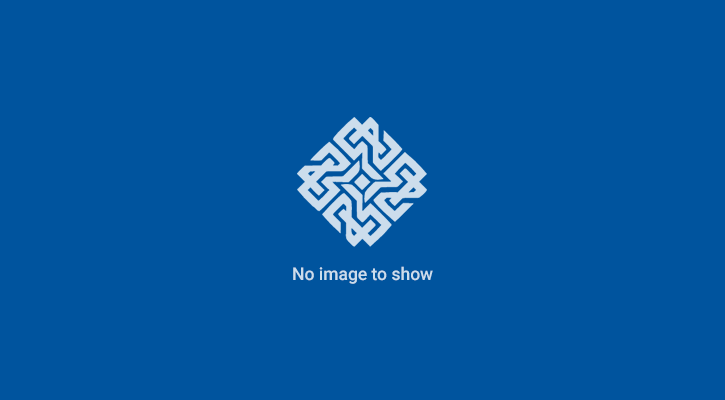
21 Okt Between Spirituality and Steel
Jakarta Post | Fri, October 18 2013 | Page: 6
“Seawater evaporates and makes up the clouds. As it evaporates it becomes fresh. That’s why it is worthier for you to perform pilgrimage on foot than riding a horse, worthier riding a horse than riding in a car, worthier riding in a car than by boat, and worthier by boat than by plane.” — Le Grand Voyage (2004).
“When will you leave for the haj?” I asked a colleague who had just registered himself for pilgrimage. “In 2024!” he answered with a laugh: he has to wait 11 years after registering with the government program.
Other options? If you really want to perform the journey, you can go to another country, apply for your visa there, and leave for Mecca representing that country. Or else, a more costly but effective option: go earlier to Mecca to perform a minor pilgrimage (umra) — around two months before haj season — and stay there.
In a 2004 French movie directed by Ismaël Ferroukhi, the haj was referred to as Le Grand Voyage (the title of the movie), a translation of the Arabic term al-rihla al-kubra.
As cited in the quote from the movie, the journey is the initial, but pivotal step, to ensure a pilgrim’s intention and toughness. Enduring hardships is the way the heart becomes firm and purified. Hope and adversity blend to prepare a pilgrim for the ultimate pinnacle of spirituality in the Abrahamic rituals in Mecca.
A respected leader in the Islamic world, Imam Nawawi (1234-1277), wrote extensively on the haj, particularly the conditions a pilgrim would meet. While the highest degree of spiritually would be for the pilgrimage to be made on foot, even better, he suggested, would be for the pilgrim to walk barefoot, as long as he could ensure his cleanliness and health.
The spiritual totality in religious practice is also found in other great religious traditions. The Catholics of the medieval century, for example, were accustomed to performing pilgrimage with all kinds of hardship to purify their souls and cure themselves.
Today, the challenges of the haj have been toned down by modernization, with all the security and comfort provided by the kingdom of Saudi Arabia.
Modernization and the economic approach of haj management — backed by the state, legitimized by clerics and finally executed by businessmen and giant corporations — have ruined historical relics and sites of the haj, which actually make up the whole pilgrimage experience.
Compared to what we still can find in Vatican city, for instance, Mecca with its giant towers, is now the Las Vegas of Arabia, notes the writer Dadi Darmadi in his reflection on the haj.
Meanwhile, as a part of haj spirituality, he pilgrims of the past were described undergoing rihla or the journey in the search for knowledge, thalab al-`ilm. The haj is a process of establishing brotherhood, not only among the pilgrims but also with the people they interact with.
Under the long lasting grip of colonialism in the Muslim world, in the 19th century the bonding of millions during the haj facilitated Pan-Islamism — a trans-border movement of self-criticism on why Muslims were lagging behind others and what they could do to free themselves from Western imperialism.
With what is left today, especially with modern tourism features amid the cold, silent concrete and steel around Mecca, one faces harder challenges to achieve the spiritual transcendence one aims for during the haj.
Moreover, the standardizing of religious understanding and rituals under Saudi Arabia’s official religious school of thought, the Hambali-Wahhabism, means the abolition of other schools of Islam. This should sound alarms not only for religious freedom; but also a systematic means to disseminate its political ideology to legitimize the regime itself.
With all these challenges, we need to reinvent the haj in a capitalist world.
The writer is the director of the Center for the Study of Religion and Democracy (PUSAD) at the Paramadina Foundation, Jakarta.

